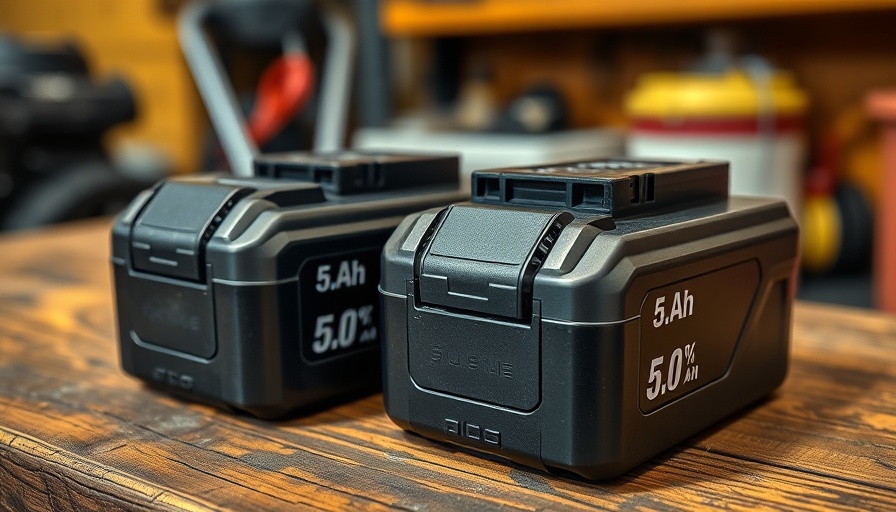
Understanding Power Tool Battery Storage
Storing power tool batteries correctly is essential, especially during the winter months when temperatures can drop significantly. Batteries, particularly lithium-ion types commonly used in most cordless tools, can sustain damage from extreme cold. Proper storage can minimize risks and help you maintain optimal battery performance.
The Risks of Storing Batteries in a Cold Garage
While it may seem convenient to leave your power tool batteries in a cold garage, doing so poses serious risks. Cold temperatures can lead to reduced battery efficiency and even cause batteries to freeze, rendering them unusable. This is especially true if your garage is poorly insulated or prone to moisture, which can encourage corrosion and other forms of damage.
Best Practices for Battery Storage
To ensure your batteries stay in good condition, consider these best practices:
- Temperature Control: Ideally, store your batteries in a climate-controlled environment, where temperatures remain stable and above freezing.
- Charge Levels: Always store lithium-ion batteries at about 40-60% charged. This helps preserve their health and extends their lifespan.
- Insulated Storage Options: If you must store them in your garage, consider investing in insulated battery boxes or bags that provide additional protection from temperature fluctuations.
Additional Tips for Winter Storage
Winter presents unique challenges for power tool battery owners. Here are a few extra tips to ensure robustness:
- Keep batteries away from damp areas, and use silica gel packs to absorb excess moisture.
- Cleaning the terminals and applying a light coat of protective spray can help prevent corrosion.
- If your batteries do get too cold, allow them to warm up to room temperature naturally before using them.
By taking these steps, DIY enthusiasts and homeowners can ensure their power tool batteries are ready to perform when spring projects arrive. For more tips on keeping your tools and equipment in top shape, stay tuned with our upcoming DIY guides.
 Add Row
Add Row  Add
Add 




Write A Comment